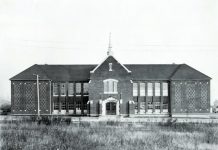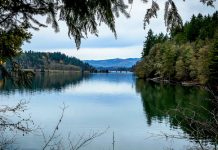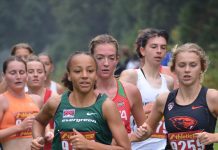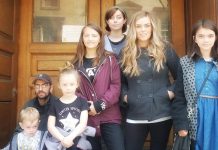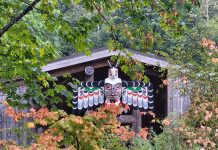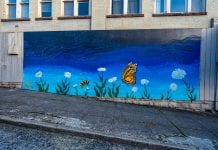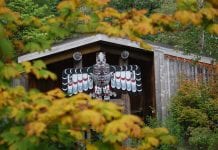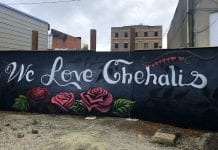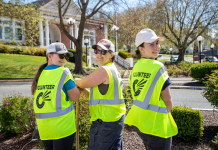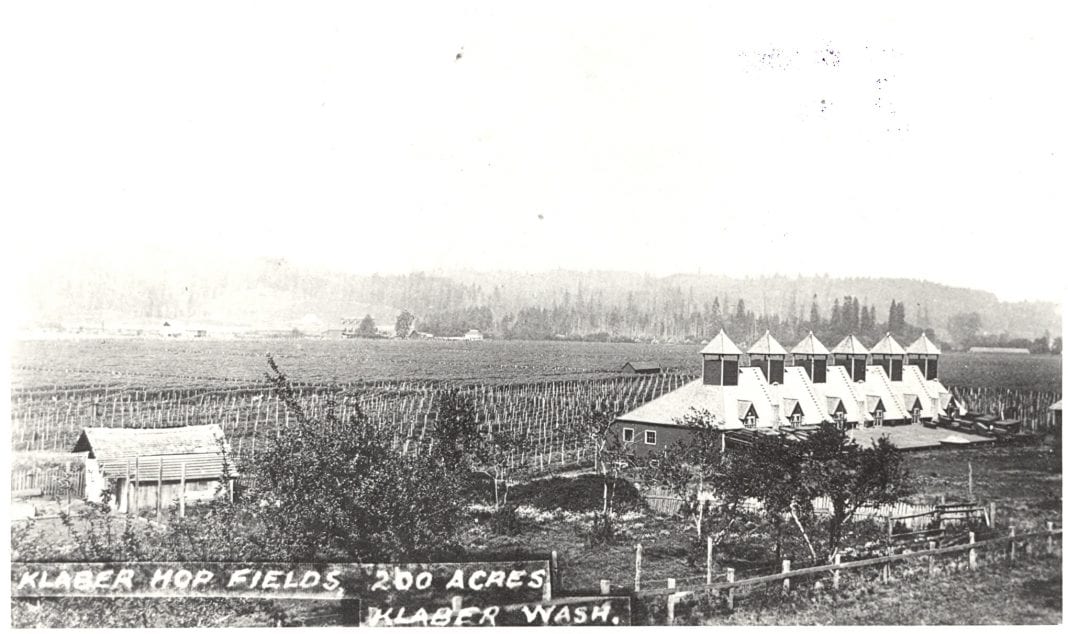Pioneer James Cooper wrote in his account of Boistfort Valley in 1860, “It is one of the most beautiful of the little prairies we meet, like oases, in this wilderness of forest.”
In those days, Boistfort Valley truly was breathtaking. Every spring, the valley floor grew thick with camas flowers as far as the eye could reach, transforming the grassy meadowland into a lavender-colored sea.
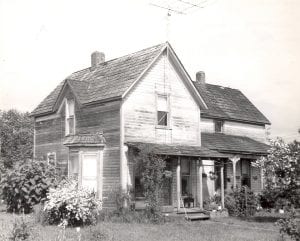
For thousands of years, the purple flowers drew the Kwalhioqua people to the prairie land near the South Fork of the Chehalis River. Camping in the peaceful valley surrounded by densely forested hills, they came to harvest the sweet-tasting camas bulbs, a nutritious staple that was a favorite among many native tribes of the Northwest.
With the opening of the Oregon Trail, it wasn’t long before this pristine valley, tucked away in the Willapa Hills, soon attracted settlers. Early pioneers came, not to harvest the plentiful camas roots, but to plant crops of their own in the rich prairie soil.
In 1852, Mr. and Mrs. Charles White were the first pioneers to settle in the valley, arriving by ox-drawn wagon. Other settlers soon followed in their footsteps, taking up government donation land claims and turning the wild, grassy prairie into neatly plowed fields.
Shortly before their arrival, Pierre Charles, a French-Canadian trapper and former Hudson’s Bay Company employee had taken up residence in the area with plans to settle there with his Indian wife. Although the trapper and his wife did not end up staying in the valley, his chosen name for the area did.
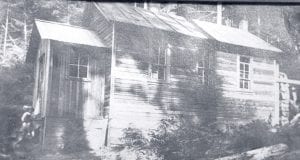
According to old stories, it was the French-speaking Charles who christened the area Boisfort. Some have speculated that the name means “heart of the forest,” “valley surrounded by forest” or “dense forest.” Most likely the name is made up of two French words, “bois,” which means woods or forest, and “fort” which means strong.
The area was also called Baw Faw. Many believe that the strange name came from the early settlers’ mispronunciation of the French word, Boisfort. Both names were used interchangeably over the years.
Interestingly, the spelling of Boisfort also changed over time. The extra “t” was officially added in the middle of the word in 1907 when the town’s new post office spelled it Boistfort, and the new spelling stuck.
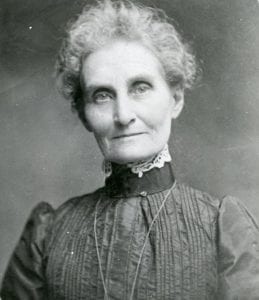
The early settlers established a strong foundation for education. In 1853, as soon as there were enough children in the area, a school was started—one of the first in Washington Territory. Only nineteen years old, Mrs. Mary Newland served as the valley’s first teacher. Armed with just a handful of books and a willing spirit, she began teaching students right in her own log cabin. Within a year, the fledgling community proudly constructed a separate schoolhouse made with split cedar boards and lovingly filled with hand-crafted log furniture.
It is hard to imagine that this quiet, rural valley settled by down-to-earth farmers was once considered a possible site for the University of Washington! In the early 1850s, Congress had promised to donate land for a university in the new Washington Territory, and in 1854, Washington legislators eyed Boistfort as a possible location. They voted to build the main university in Seattle with a branch campus in Boistfort. However, the plans slowly evaporated due to Indian uprisings in 1855-1857 and an apparent lack of interest from local farmers.
Over time, Boistfort schools gained quite a reputation for excellence in their own right. It is fitting that the valley’s pride and joy was not a university but the splendid Boistfort High School, constructed in 1918 to be the finest agricultural school in the state.
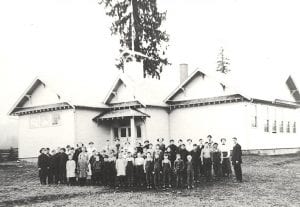
Agriculture truly was the heartbeat of the valley. The early settlers were farmers through and through. They grew wheat, oats, barley and hay. Because there were no good roads in the early days, some farmers transported their goods down the Chehalis River on 30 to 40-foot long cedar canoes that could carry up to five tons of grain. After unloading in Centralia, they carted their crops up to the gristmill in Tumwater.
At the turn of the century, hops became the number one crop in the valley and earned the quiet farming community a distinctive place in history. Herman Klaber, an astute and wealthy businessman, bought 360 acres in the Boistfort area which he developed into the single largest hops field in the world. During the fall harvest, his little company town of Klaber swelled with workers of all ages and ethnicities including whites, Asians, Native Americans, and African Americans. Soon hops from his 200-acre farm were being shipped across the Atlantic to European brewers in England and Germany.

In April 1912, on his way home from a business trip to Europe, Klaber booked passage on the new ocean liner, Titanic. Tragically, Klaber was one of 1,523 who went down with the ship and never made it home. His death, coupled with the onset of World War I, began the decline of his hops empire.
Today, the same prairie that once yielded purple camas flowers, golden grain, and green hops vines, now nourishes row upon row of scarlet-tinged blueberry plants. Here and there throughout the valley, old barns dot the landscape while nearby, dairy cows and sheep graze peacefully. The Baw Faw Grange and the Boistfort Elementary School stand side by side in the heart of the valley, proud reminders of the area’s rich heritage in farming and education.









